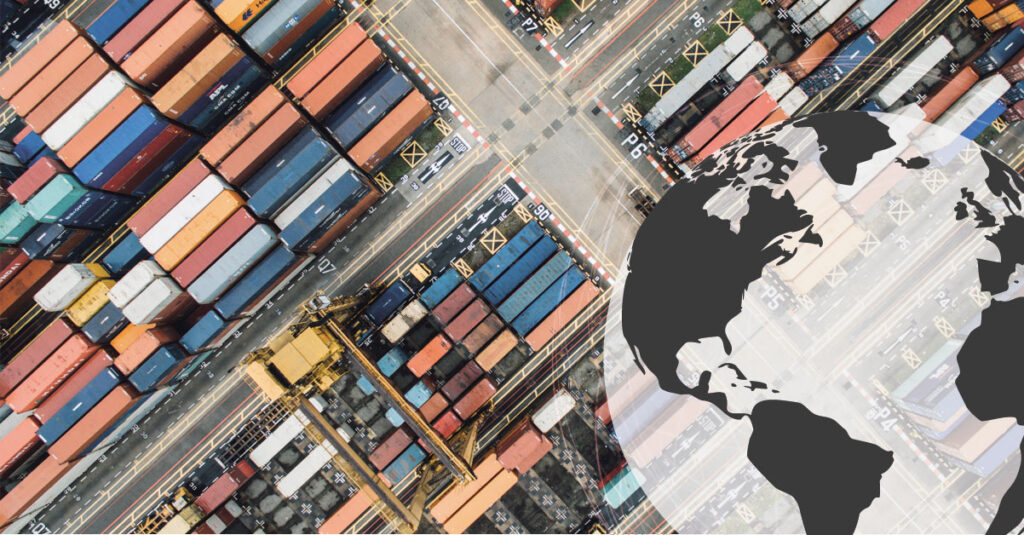Is your supply chain ready for the next recession?
Find out how to anticipate and know the best way to prepare for crises by creating a culture of resilience and adaptation to new scenarios.
Is your supply chain ready for the next recession? Read More »








